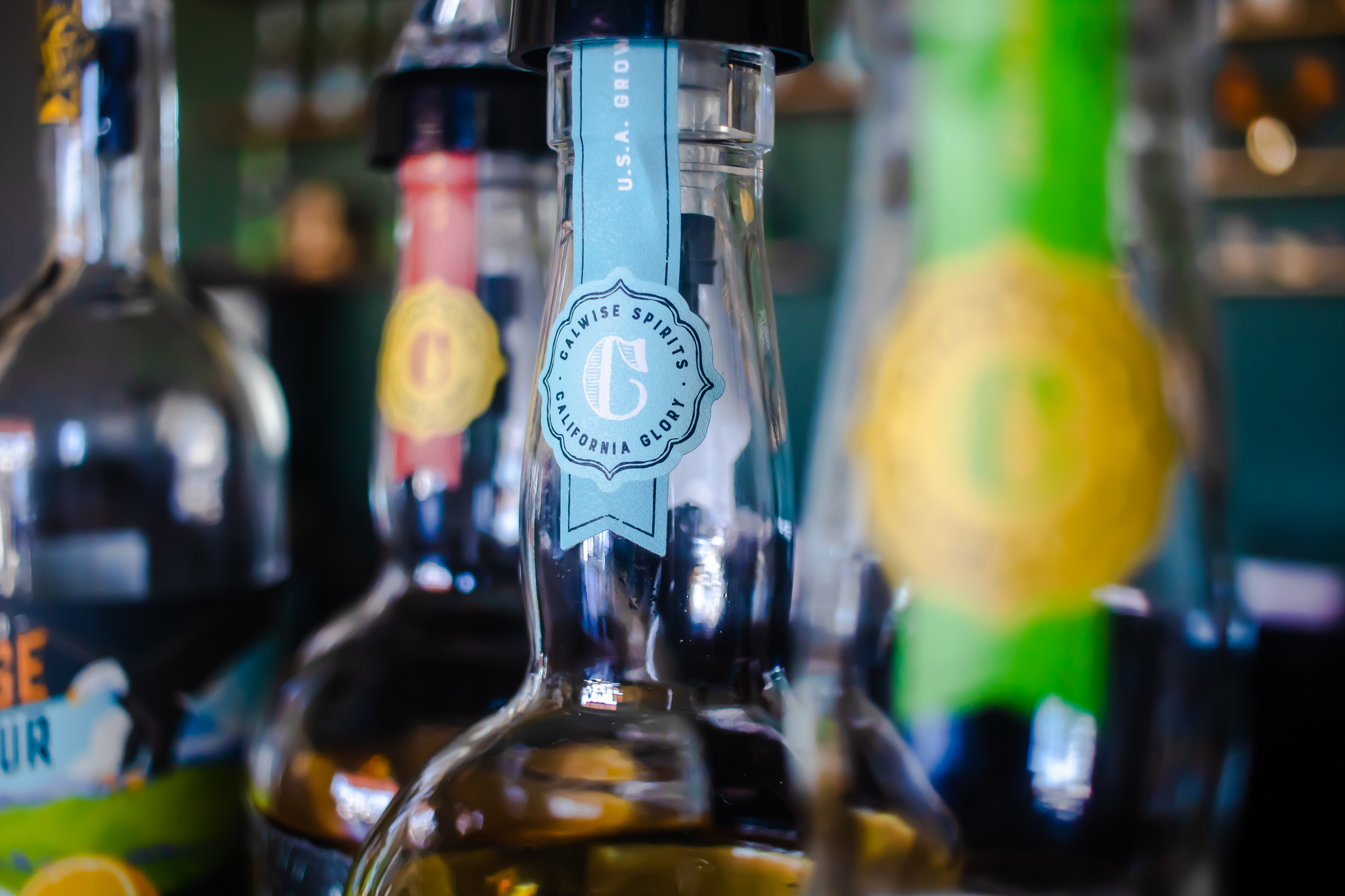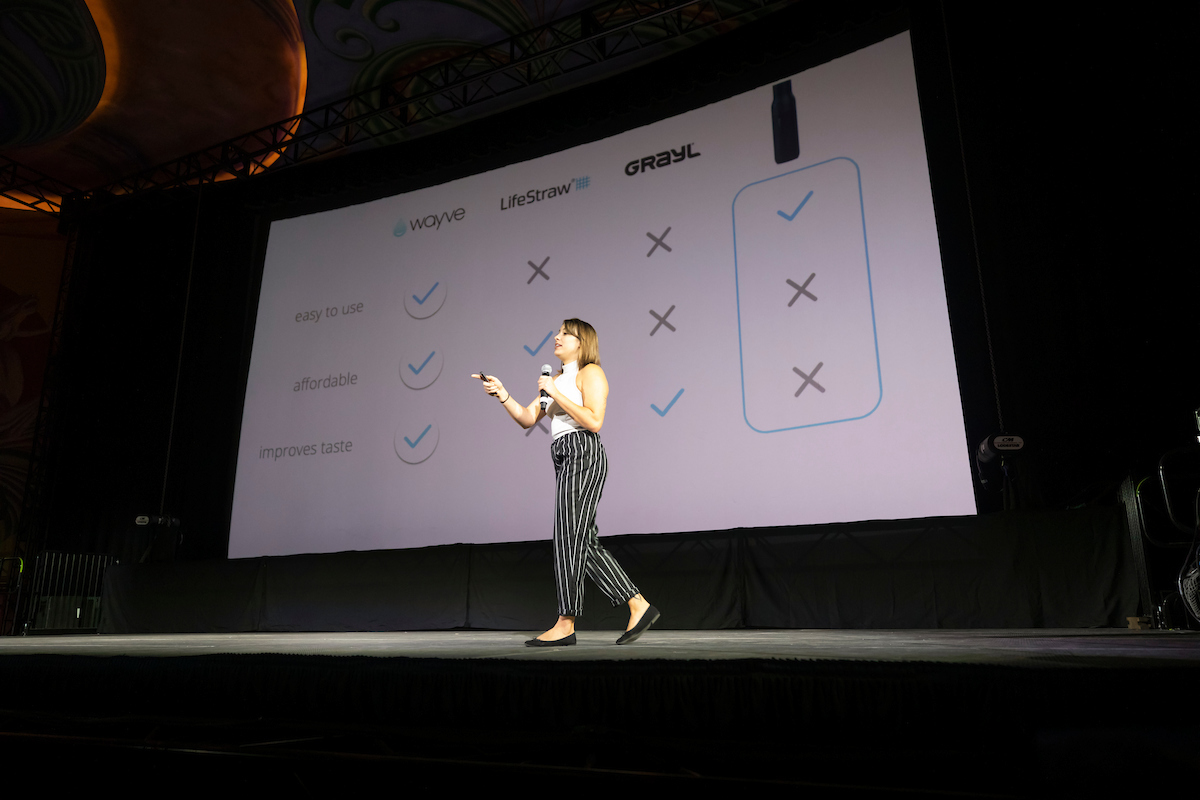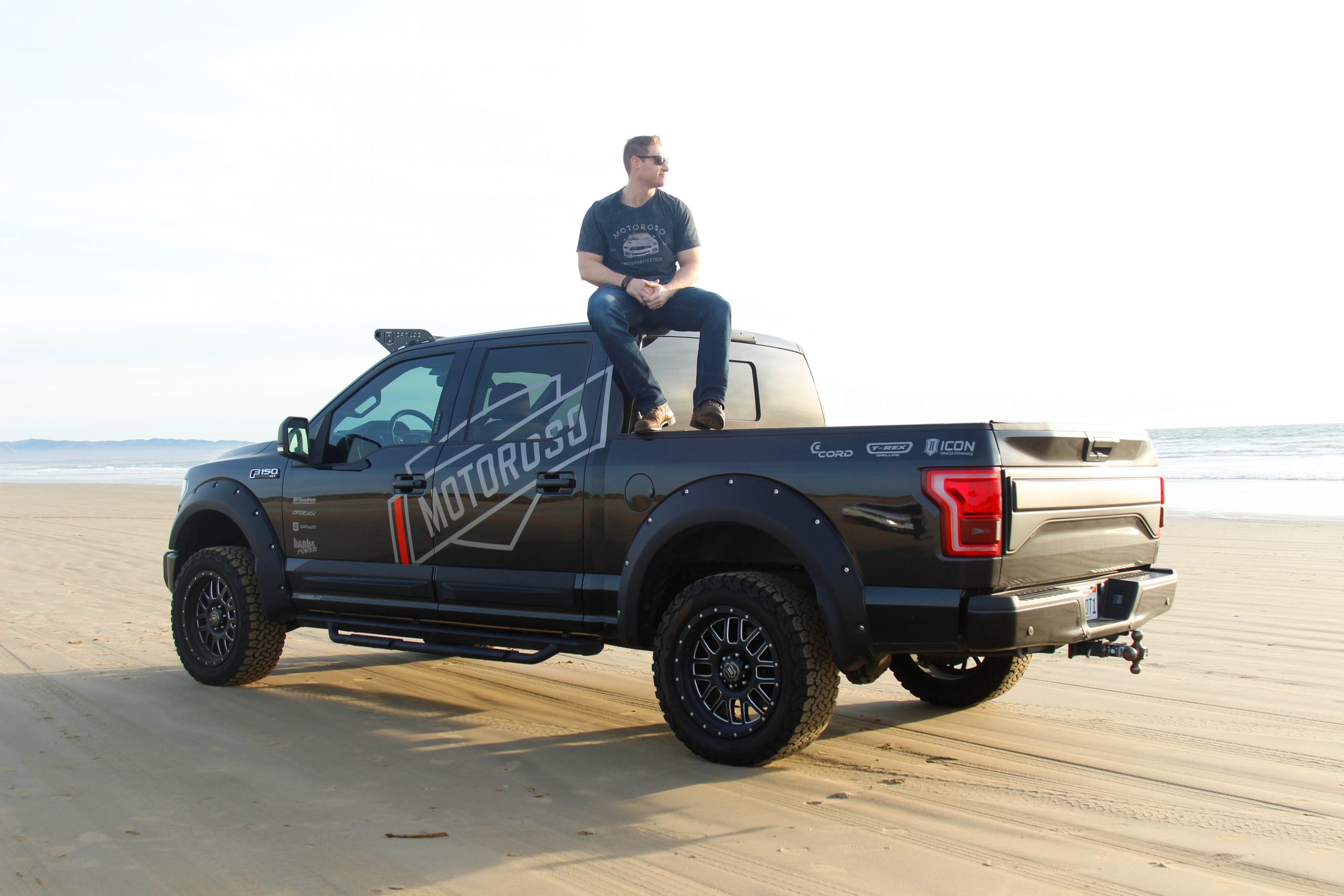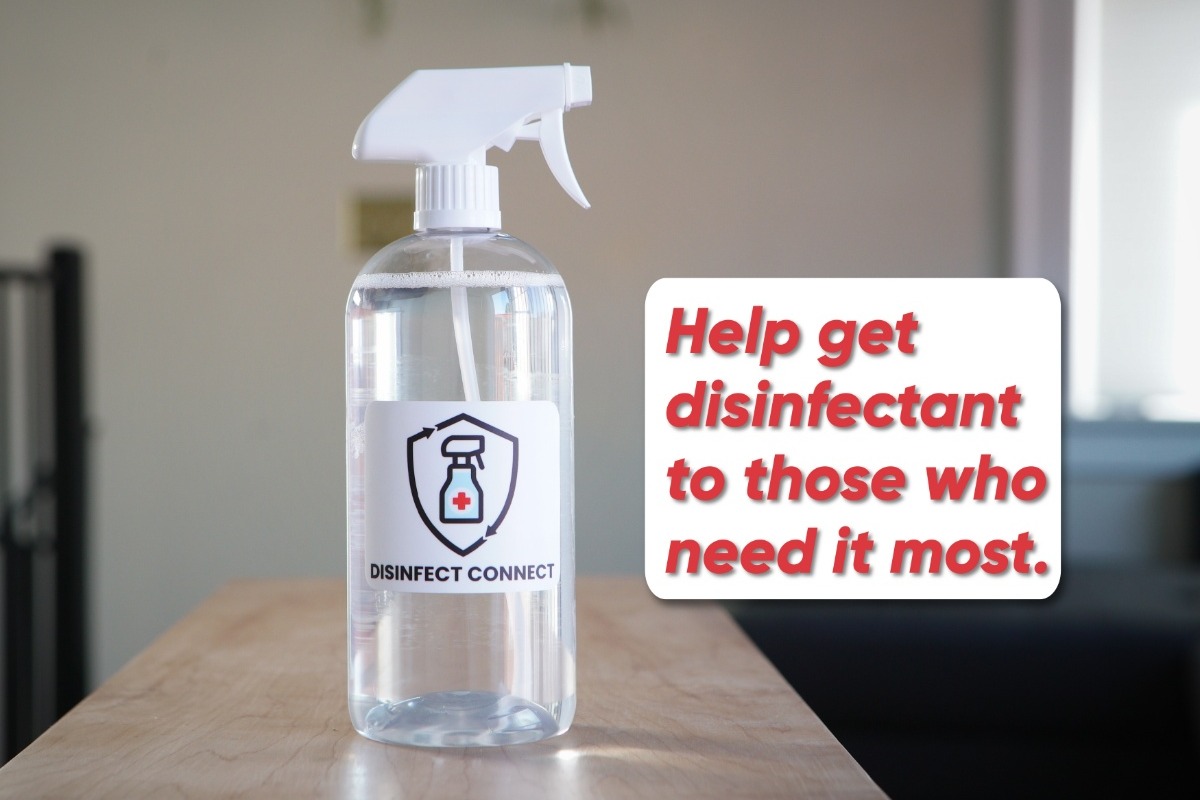Calwise Spirits Co. Stays Resilient by Turning Obstacles into Opportunities

The entrepreneurial journey is full of risk, complex challenges and unpredictability, but Aaron Bergh, the founder of Calwise Spirits Co., says that unwavering resilience is what will get a startup through obstacles and on a path toward success.
Bergh has gone through several Cal Poly Center for Innovation and Entrepreneurship (CIE) programs to grow Calwise into the distillery and tasting room that it is today, encountering several highs and lows along the way.
Recently, he has met his biggest challenges yet.
“Since I started my business I’ve been very good at predicting things, but the pandemic has turned that all on its head,” Bergh said. “There’s absolutely no way to prepare for what’s going to happen next.”
However, Bergh accepted that instead of preparing for specific market changes and setbacks, all he could do was prepare his business to roll with the punches on a nearly day-to-day basis.
When the COVID-19 pandemic first hit, Calwise was forced to close its doors and Bergh had the heavy burden of laying off his staff. Almost immediately, though, Bergh recognized an opportunity for his distillery.
“I turned my business into something it was never designed to be, which was a hand sanitizer manufacturer,” he said of his temporary pivot. “That allowed me to bring revenue in while a lot of people didn’t have that opportunity. I was able to bring my employees back and build up some funds to move forward and continue to grow my company.”
As San Luis Obispo began to reopen its economy, Calwise then started to pivot back to business-as-usual but was quickly shot down by the second wave of restrictions on the local business community. Now, Bergh and his team are innovating their practices again by creating outdoor seating for Calwise customers to align with current public health mandates.
But why would he keep pivoting when things could change in an instant? Bergh said it’s just simply what you do as an entrepreneur.
“Having obstacles keeps me on my feet and forces me to constantly have to think and innovate,” he said. “When I’m faced with something tricky that would frankly make a lot of people want to run away and give up, I prefer to rise to the challenge.”
So, while Bergh says he has always been a tenacious problem-solver, going through the CIE HotHouse Accelerator and Incubator programs helped him better understand the need to stay resilient in the startup world.
“As simple as it sounds, the main thing I’ve learned is that everyone has challenges and that you just have to get through it,” he said of working alongside other startups and mentors. “Resilience means being able to survive through whatever is thrown at you and that’s exactly what we’ve been doing.”
Today, Bergh says that his team’s resilience has allowed business to go better than he expected it would during these economically-challenging times and that he’s found a silver lining in being able to steadily continue to sell Calwise spirits and cocktails online.
You can learn more about this persevering entrepreneur’s company at http://www.calwisespirits.com/ or find out how the CIE can help your company navigate the turbulent startup journey at https://calpolycie.wpengine.com/launch/hothouse-incubator/.








